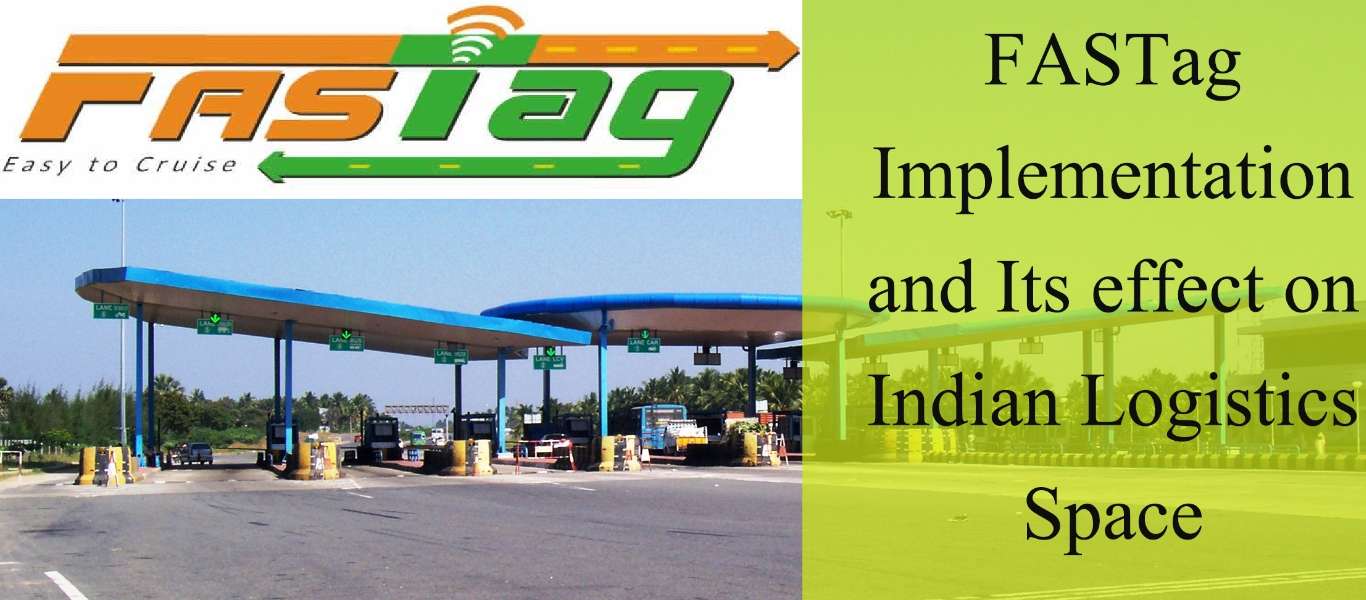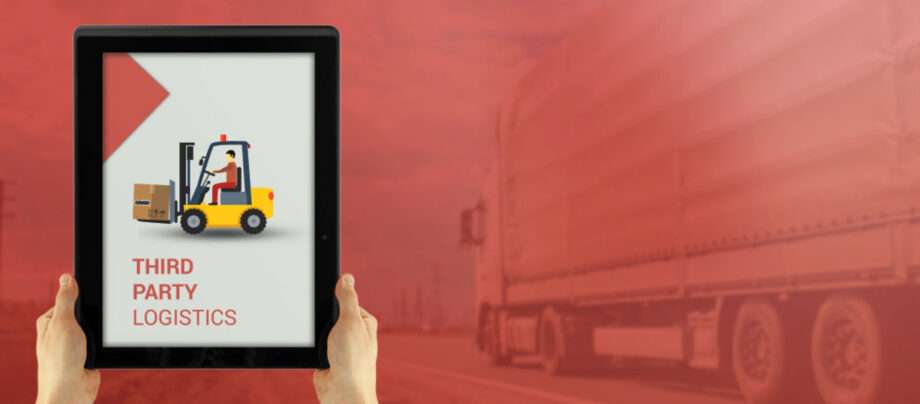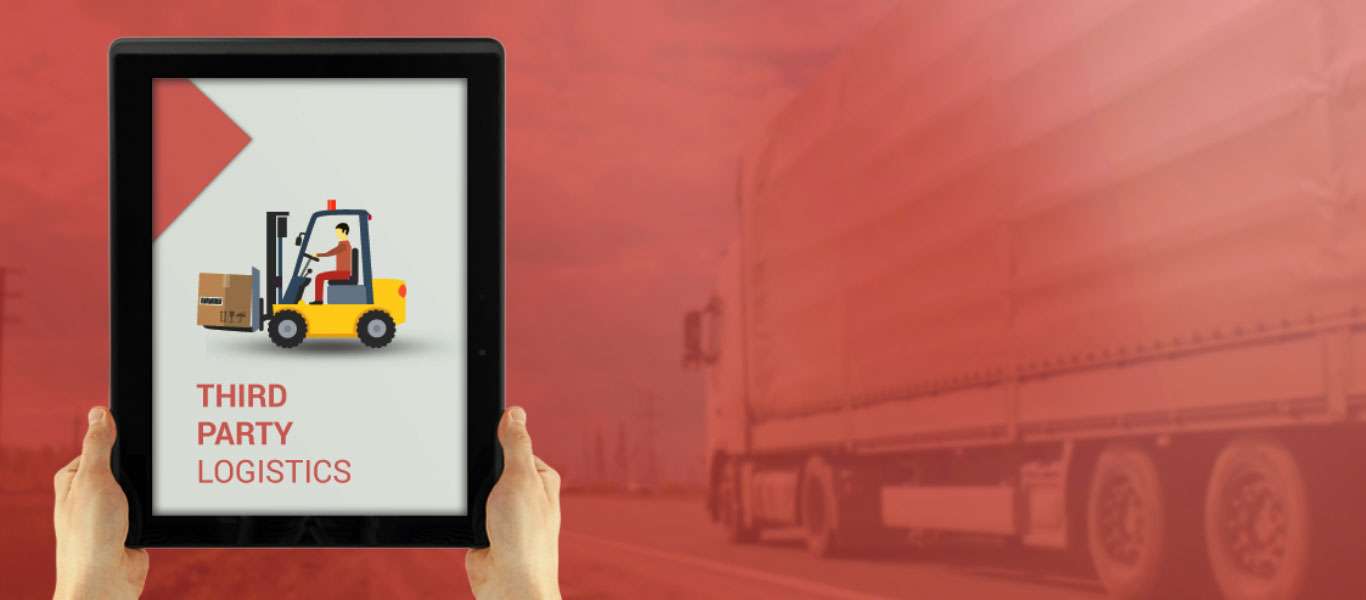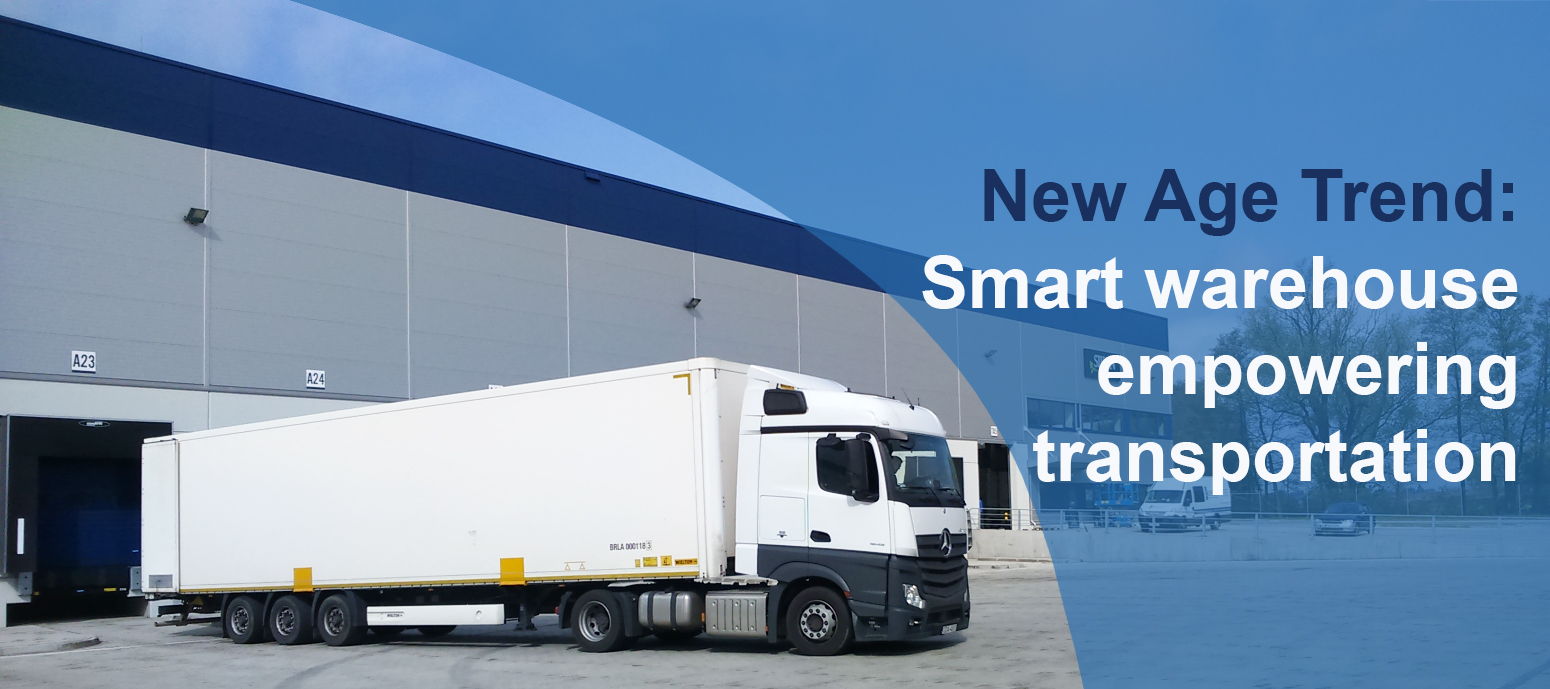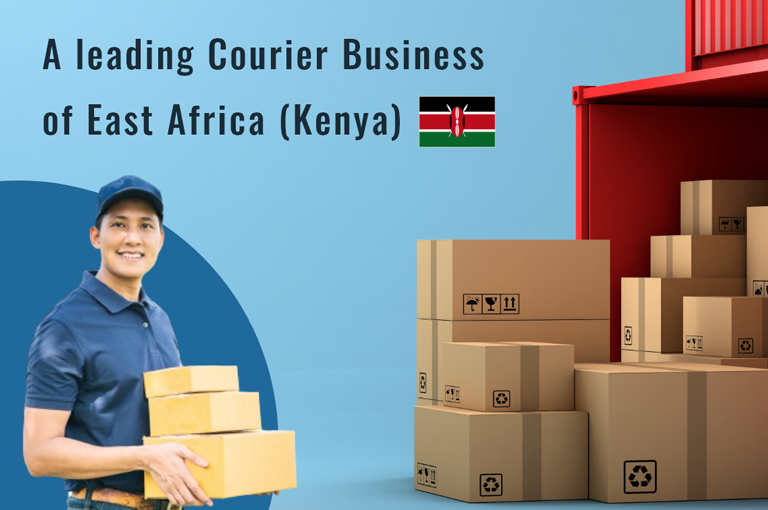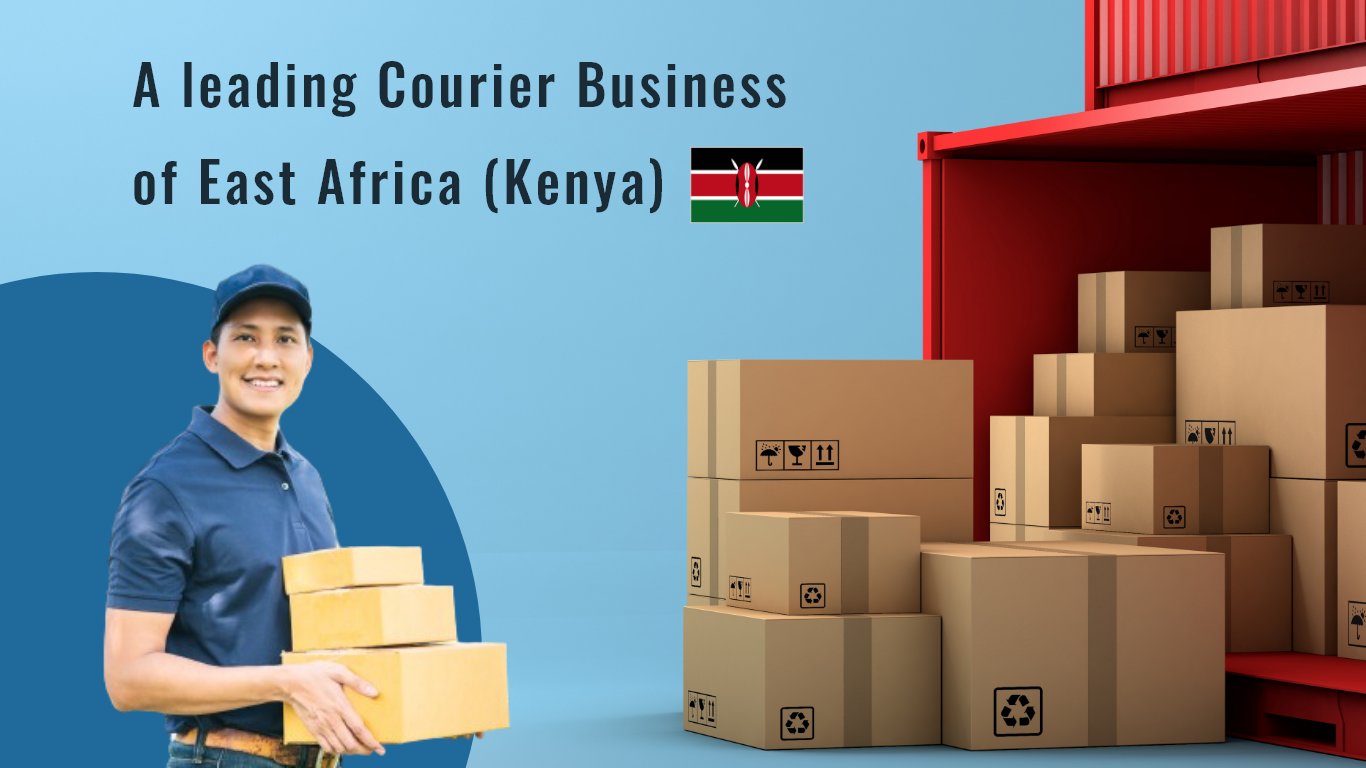LOGISTICS TRENDS 2020
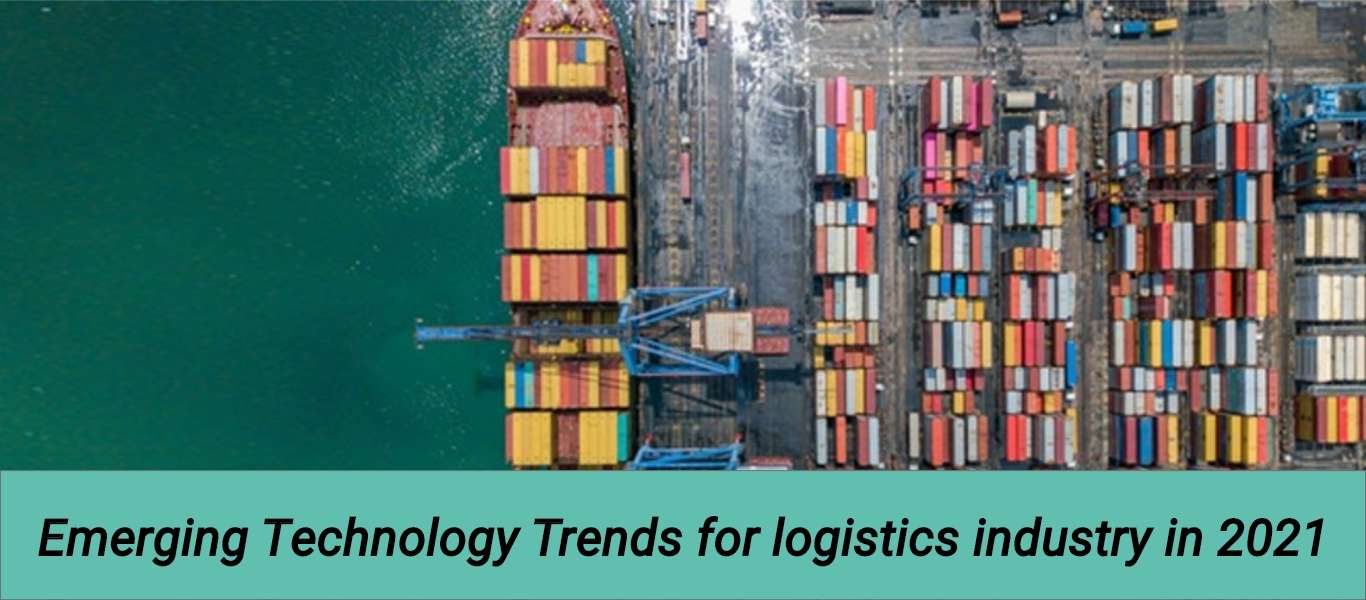
New Year, New Spirit, New Ideas and New Opportunities: Logistics Trends 2020.
While delivery may have little to do with the nature of the items you sell, it is a fundamentally significant part of customer service just as your general brand reputation.
Through out this logistics trends, to stay aggressive in the present online-shopping-crazed economy, the one central aspect numerous online businesses have the most to gain up all is in Order Fulfillment Optimization.
As far back as the eCommerce boom, the focus has been on to deliver products faster with the least errors conceivable.
1. Logistics Security :
The way in which we realize these bottlenecks became serious was seen through organizations abruptly making logistics security their priority. With more noteworthy connectivity and increasingly powerful information, worries over logistics security and cyber security went to the forefront. Customer information confronted new difficulties, and enhanced information wealthiness gave drivers and fulfilment experts new corners to cut, posing a challenge to safety.
2. Collective Robots & Chat bot :
Collective robots, or chatbots, have been utilized progressively to upgrade storage, bundling, and picking. Simultaneously, chatbots expelled an obstruction for communication between online dealers and their clients. Chatbots have gotten one of the industry’s principal customer-facing APIs.
In 2020, you can hope to see a considerable lot of the above patterns keep on creating since they are still enormously valuable.
3. Customer-Facing Shipping Tracking API :
A Shipping API is a significant method to let a given audience in on a given procedure. For this situation, the client access is given to the shipping procedure to ease “when-do-I-get-it” tension.
The objective here is to make the client feel if they already have the product by letting them know precisely where it is at all times.
Shipping APIs : Shipping APIs enables your supply chain network to illuminate the client at the exact minute when their product is packed, labeled, and put on the truck for shipment. This may sound little, however to the purchaser; it discloses to them early that they won’t be left in dark during delivery.
Shipping Tracking APIs : Once your clients know the shipment is on route, they can enjoy the experience with your brand by checking its location/progress the nations over towards their doorstep. Shipment Tracking API gives your clients real-time data through your site, email, or instant messages.
4. Logistics Cyber Security Solutions with LogixERP :
How LogixERP helps? LogixERP’s cloud based operations makes it a solution which is one step ahead of its competitors. The solution completely runs on Amazon Web Services Cloud Platform which gives you the trust of your data security and the loyalty of a brand. With robust APIs LogixERP is easily integrated with all of your third-party logistics channel partners and software to enhance your and your customer’s experience to manage everything on a single dashboard.
With fully future and tech forward solutions LogixERP help you get a key performance edge over your competitors.


